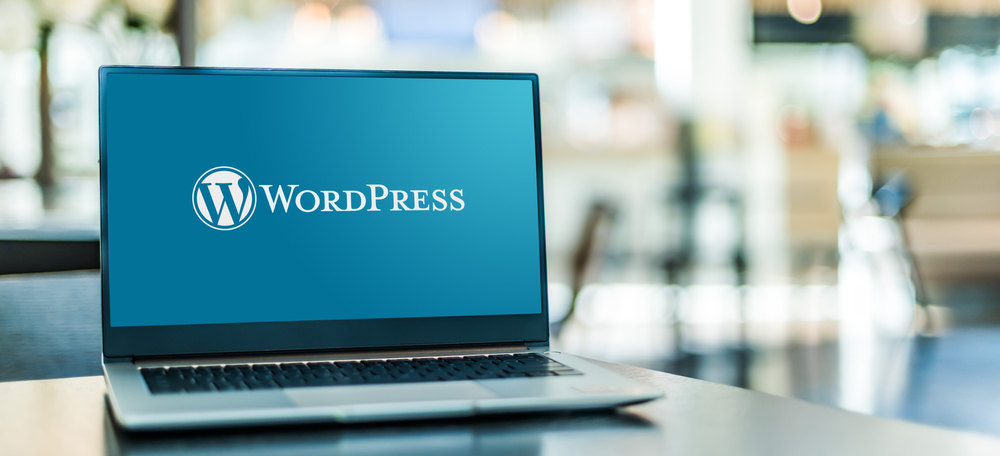
Mastering WordPress: Expert Tips for Customization and Maintenance

WordPress is the go-to platform for creating stunning and functional websites. Its user-friendly interface and robust features make it a favorite among beginners and experienced web developers alike. If you're looking to take your WordPress skills to the next level, this article is for you. We'll explore top tips for customization and maintenance that will help you make the most out of your WordPress site.
1. Choose the Right ThemeYour WordPress (WP) theme sets the tone for your website's design and functionality. With thousands of free and premium themes available, it can be overwhelming to choose the right one. Consider the purpose of your website and the image you want to portray. Look for a theme that is responsive, SEO-friendly, and regularly updated. Take advantage of the customization options offered by your chosen theme to create a unique website that reflects your brand or personality.
2. Customize Your Site with Plugins
WordPress (or WP) plugins are powerful tools that extend the functionality of your website. Whether you want to add a contact form, enhance your site's security, or optimize for search engines, there is a plugin for almost everything. However, be cautious when installing plugins, as too many can slow down your website. Stick to reputable plugins with good reviews and regular updates. Consider using a plugin manager to keep track of your installed plugins and ensure they are all up to date.
3. Optimize for Speed
Website speed is crucial for user experience and search engine rankings. Slow-loading websites can lead to higher bounce rates and lower conversions. To optimize your WordPress (the blogging platform) site for speed, start by choosing a lightweight theme and using effective caching plugins like WP Rocket or W3 Total Cache. Compress and optimize your images to reduce file sizes, and consider using a content delivery network (CDN) to serve your site's static files from servers closer to your visitors. Regularly monitor your website's speed using tools like Google PageSpeed Insights or GTmetrix to identify and fix any performance issues.
4. Secure Your Site
With increasing instances of hacking and cyber threats, website security should be a top priority. Protecting your WordPress site involves a combination of best practices and reliable security plugins. Start by regularly updating your WordPress (the platform for bloggers) core, themes, and plugins to ensure they are running on the latest versions that often include security patches. Use strong, unique passwords and enable two-factor authentication for added security. Install a security plugin like Wordfence or Sucuri to monitor and protect your site from potential threats. Regularly back up your website to a secure location in case of any emergencies.
5. Maintain a Regular Backup Routine
Regularly backing up your WordPress site is crucial, as it provides a safety net against data loss or website crashes. Several backup plugins are available that offer various features and storage options. Choose a plugin that suits your requirements and schedule automatic backups to avoid the risk of data loss. Store your backups in multiple locations, including cloud storage, external hard drives, or remote servers. Perform occasional test restores to ensure your backups are working correctly and can be relied upon when needed.
FAQs:
Q1: How do I install a new theme on my WordPress site?A1: To install a new theme, log in to your WordPress dashboard, go to Appearance > Themes, click on the "Add New" button, and search for the theme you want to install. Once you find it, click on the "Install" button and then activate the theme.
Q2: Can I change the design of my WordPress site without changing the theme?
A2: Yes, you can customize the design of your WordPress site without changing the theme by using the built-in customization options available in the WordPress Customizer. This allows you to modify various aspects of your site's design, such as colors, fonts, header and footer, without the need for coding.
Q3: How can I improve the visibility and ranking of my WordPress site in search engines?
A3: To improve your site's visibility and ranking in search engines, focus on optimizing your website's content and technical aspects. This includes creating high-quality, keyword-rich content, optimizing your meta tags and headings, improving your site's loading speed, and building quality backlinks through guest posting or collaborating with other websites in your niche.
Q4: How often should I update my WordPress plugins and themes?
A4: It is essential to keep your plugins and themes up to date to ensure compatibility, security, and access to new features. Check for updates at least once a week and install them promptly. However, before updating, make sure to take a backup of your website to avoid any potential compatibility issues or loss of data during the update process.
Q5: Can I migrate my existing non-WordPress website to WordPress?
A5: Yes, it is possible to migrate your existing non-WordPress website to WordPress. You can manually transfer the content or use migration plugins that simplify the process. However, it is recommended to seek professional help for a seamless transition, especially if you have a large or complex website.
In conclusion, mastering WordPress requires a combination of customization and maintenance techniques. By choosing the right theme, customizing your site with plugins, optimizing for speed, securing your site, and maintaining regular backups, you can create a powerful and secure WordPress website that stands out from the crowd. With these expert tips, you'll be well on your way to becoming a WordPress pro.
Other useful resources
- https://en.wikipedia.org/wiki/Blog
- https://en.wikipedia.org/wiki/WordPress
- https://www.wordpress24plus.com/wordpress-tools-directory/